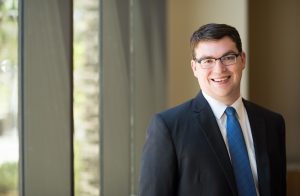KAUFMAN v. MICROSOFT CORPORATION
Before Dyk, Reyna, and Taranto. Appeal from the District Court for the Southern District of New York
Summary: An “automatic” method does not require all steps in the method to be performed without user input and five years delay in bringing a suit is not an undue delay.
Michael Kaufman (“Kaufman”) brought suit against Microsoft for infringement of U.S. Patent No. 7,885,981 (the ’981 patent), which claims methods for automatically generating end-user interfaces. At the pre-trial hearing, Microsoft argued for the first time that the word “automatic” in the preamble of the claims required all steps to be performed without human input, but did not specifically request a claim construction. The jury then found in Kaufman’s favor and awarded $7 million in damages. The District Court denied Microsoft’s post-trial motion for a new trial under O2 Micro because the District Court failed to clarify the meaning of “automatic.” Likewise, the District Court denied Kaufman’s post-trial motion for prejudgment interest, finding that Kaufman had unduly delayed brining suit. Both parties appealed.
On appeal, the Federal Circuit rejected Microsoft’s request for a new trial. The Federal Circuit explained that, though O2 Micro requires the court resolve claim construction issues, Microsoft forfeited the right to raise an O2 Micro issue when it failed to propose a construction of “automatic.” Further, the Federal Circuit rejected Microsoft’s argument that the preamble reciting an “automatic” method requires all the steps in the method to be automatic. Finally, the Federal Circuit found the District Court had abused its discretion by not awarding Kaufman prejudgment interest. The Federal Circuit explained that, though Kaufman brought suit five years after infringement was discovered, this did not justify a finding of undue delay without other evidence of “self-serving” litigation tactics.
Editor: Paul Stewart

